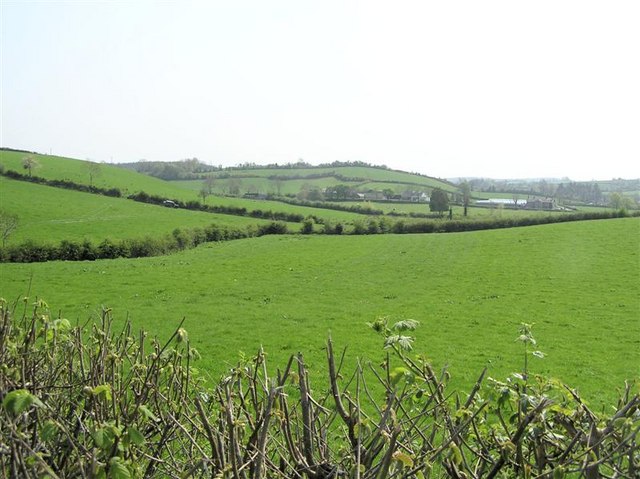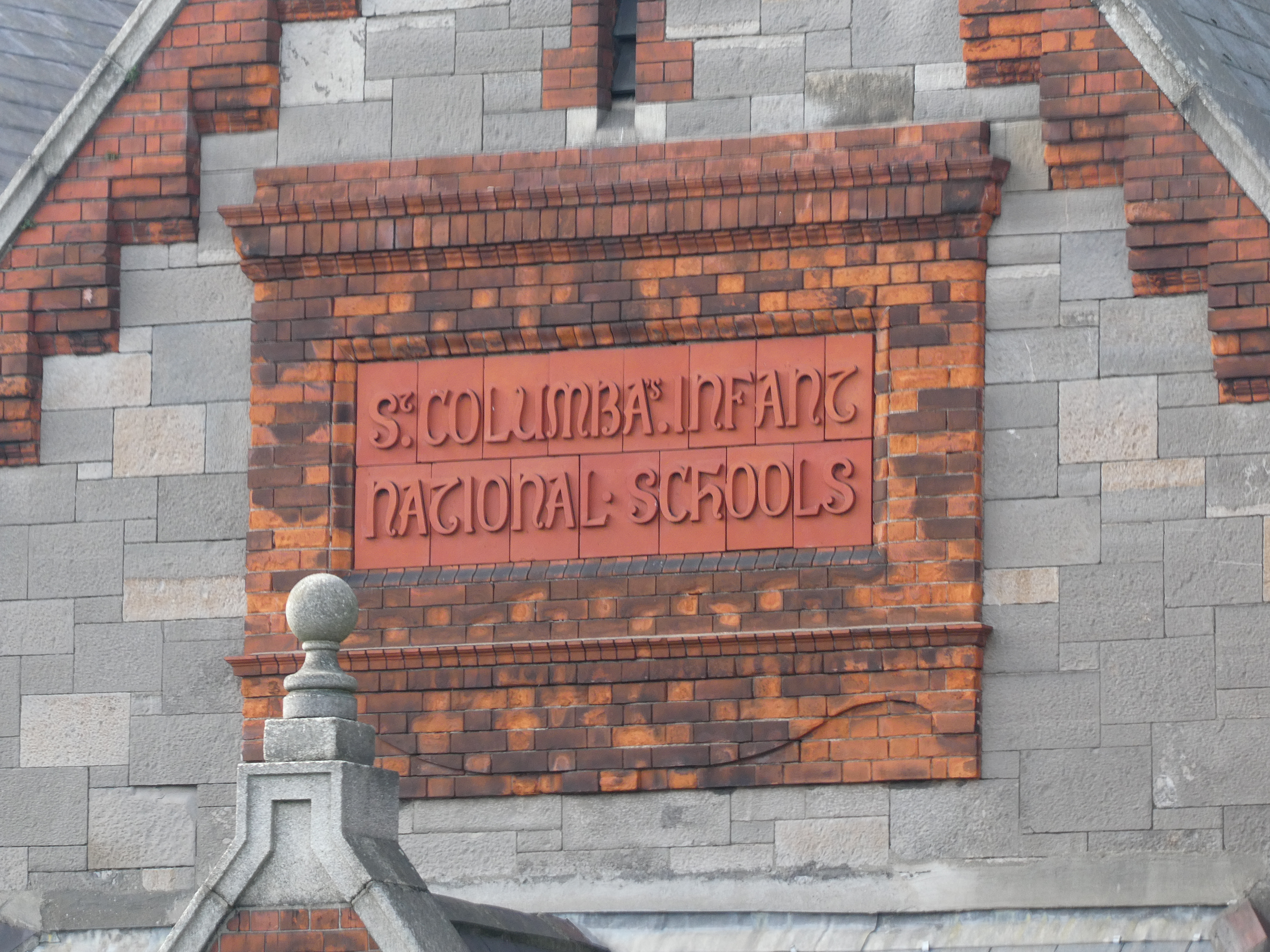|
Killycarnan
Killycarnan () is a townland in the north of County Monaghan in Ireland, to the south east of the townland of Sheskin in the parish of Tydavnet. Killycarnan was once the location of a national school, which subsequently was relocated to Sheskin Sheskin (), traditionally divided into Sheskinmor and Sheskinbeg, is a townland in the north of County Monaghan in Ireland. It is in the foothills of Sliabh Beagh. Sheskin is part of the civil parish of Tydavnet, situated about 3 miles from th ..., but kept the name of Killycarnan. The Sheskin school was also subsequently closed in the 1980s. References {{County Monaghan Townlands of County Monaghan ... [...More Info...] [...Related Items...] OR: [Wikipedia] [Google] [Baidu] |
Sheskin
Sheskin (), traditionally divided into Sheskinmor and Sheskinbeg, is a townland in the north of County Monaghan in Ireland. It is in the foothills of Sliabh Beagh. Sheskin is part of the civil parish of Tydavnet, situated about 3 miles from the village of Scotstown and about 8 miles from Monaghan town. Sheskin is straddled in the east by the River Blackwater and in the south by one of its tributaries, which converge at the south eastern corner of the townland. Other townlands and places in Ireland have the same name, or similar derivatives. The name derives from the Irish Gaelic word for marsh, and refers to the significant area of blanket bog within the townland. History There is no evidence of Ring forts or other early historic remains in Sheskin. Like most of the uplands, it is not thought to have been permanently inhabited through the middle ages. In the 17th century, as the Ulster Plantation got underway, Sheskin and the other uplands were common lands for the lower ... [...More Info...] [...Related Items...] OR: [Wikipedia] [Google] [Baidu] |
Townland
A townland ( ga, baile fearainn; Ulster-Scots: ''toonlann'') is a small geographical division of land, historically and currently used in Ireland and in the Western Isles in Scotland, typically covering . The townland system is of Gaelic origin, pre-dating the Norman invasion, and most have names of Irish origin. However, some townland names and boundaries come from Norman manors, plantation divisions, or later creations of the Ordnance Survey.Connolly, S. J., ''The Oxford Companion to Irish History, page 577. Oxford University Press, 2002. ''Maxwell, Ian, ''How to Trace Your Irish Ancestors'', page 16. howtobooks, 2009. The total number of inhabited townlands in Ireland was 60,679 in 1911. The total number recognised by the Irish Place Names database as of 2014 was 61,098, including uninhabited townlands, mainly small islands. Background In Ireland a townland is generally the smallest administrative division of land, though a few large townlands are further divided into ... [...More Info...] [...Related Items...] OR: [Wikipedia] [Google] [Baidu] |
County Monaghan
County Monaghan ( ; ga, Contae Mhuineacháin) is a county in Ireland. It is in the province of Ulster and is part of Border strategic planning area of the Northern and Western Region. It is named after the town of Monaghan. Monaghan County Council is the local authority for the county. The population of the county was 61,386 according to the 2016 census. The county has existed since 1585 when the Mac Mathghamhna rulers of Airgíalla agreed to join the Kingdom of Ireland. Following the 20th-century Irish War of Independence and the signing of the Anglo-Irish Treaty, Monaghan was one of three Ulster counties to join the Irish Free State rather than Northern Ireland. Geography and subdivisions County Monaghan is the fifth smallest of the Republic's 26 counties by area, and the fourth smallest by population. It is the smallest of Ulster's nine counties in terms of population. Baronies * Cremorne ( ga, Críoch Mhúrn) * Dartree ( ga, Dartraighe) * Farney ( ga, Fearn ... [...More Info...] [...Related Items...] OR: [Wikipedia] [Google] [Baidu] |
Republic Of Ireland
Ireland ( ga, Éire ), also known as the Republic of Ireland (), is a country in north-western Europe consisting of 26 of the 32 Counties of Ireland, counties of the island of Ireland. The capital and largest city is Dublin, on the eastern side of the island. Around 2.1 million of the country's population of 5.13 million people resides in the Greater Dublin Area. The sovereign state shares its only land border with Northern Ireland, which is Countries of the United Kingdom, part of the United Kingdom. It is otherwise surrounded by the Atlantic Ocean, with the Celtic Sea to the south, St George's Channel to the south-east, and the Irish Sea to the east. It is a Unitary state, unitary, parliamentary republic. The legislature, the , consists of a lower house, ; an upper house, ; and an elected President of Ireland, President () who serves as the largely ceremonial head of state, but with some important powers and duties. The head of government is the (Prime Minister, liter ... [...More Info...] [...Related Items...] OR: [Wikipedia] [Google] [Baidu] |
Parish
A parish is a territorial entity in many Christian denominations, constituting a division within a diocese. A parish is under the pastoral care and clerical jurisdiction of a priest, often termed a parish priest, who might be assisted by one or more curates, and who operates from a parish church. Historically, a parish often covered the same geographical area as a manor. Its association with the parish church remains paramount. By extension the term ''parish'' refers not only to the territorial entity but to the people of its community or congregation as well as to church property within it. In England this church property was technically in ownership of the parish priest '' ex-officio'', vested in him on his institution to that parish. Etymology and use First attested in English in the late, 13th century, the word ''parish'' comes from the Old French ''paroisse'', in turn from la, paroecia, the latinisation of the grc, παροικία, paroikia, "sojourning in a fore ... [...More Info...] [...Related Items...] OR: [Wikipedia] [Google] [Baidu] |
Tydavnet
Tydavnet, officially Tedavnet (), is a village in northern County Monaghan, Ireland, and also the name of the townland and civil parish in which the village sits. Both the Church of Ireland and Catholic church have Tydavnet named as a parish and in both cases, the geographical area is almost identical. The village is located on the R186 regional road. History Bronze Age gold Evidence of ancient settlement in the area includes the Atlantic Bronze Age Tydavnet gold discs. Dating from circa 2100 BC, these discs were discovered in the roots of an old tree. Raised lines, rows of dots and zig-zags produce a central cross surrounded by concentric patterns, were used to decorate the discs. The techniques of repoussé, punching and polishing, and doming of the surfaces are not seen on other similar discs. The pair of discs are on permanent display in the National Museum of Ireland. Foundation and name The Irish name of the townland and village, , derives from the area's asso ... [...More Info...] [...Related Items...] OR: [Wikipedia] [Google] [Baidu] |
National School (Ireland)
In Ireland, a national school () is a type of primary school that is financed directly by the state, but typically administered jointly by the state, a patron body, and local representatives. In national schools, most major policies, such as the curriculum and teacher salaries and conditions, are managed by the state through the Department of Education and Skills. Minor policies of the school are managed by local people, sometimes directed by a member of the clergy, as representative of the patron, through a local 'board of management'. Most primary schools in Ireland fall into this category, which is a pre-independence concept. While there are other forms of primary school in Ireland, including a relatively small number of private denominational schools which do not receive state aid, there were just 34 such private primary schools in 2012, with a combined enrollment of 7,600 pupils. By comparison there were, as of 2019, over 3,200 national schools in Ireland with a combined en ... [...More Info...] [...Related Items...] OR: [Wikipedia] [Google] [Baidu] |




